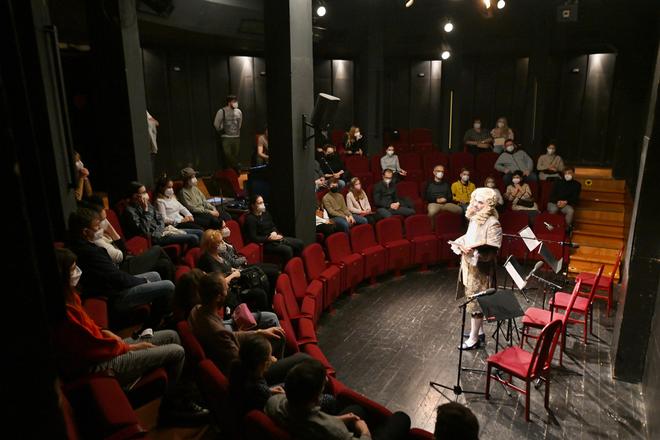Hygienists have issued a new ordinance that defines how mass events might be organised. The maximum limits of visitors are set depending on the risk level of events. The rules are valid as of January 12.
Low-risk events
participants' nose and mouth covered with an FFP2 respirator
consumption of meals and beverages banned
all participants must be seated
no singing and cheering
Conditions:
only vaccinated and recovered people allowed
maximum 50 percent of capacity or maximum 100 visitors
Example:
Cinema without consumption of food and beverages, masses without singing and theatre without refreshments.
Medium-risk events
participants' nose and mouth covered with an FFP2 respirator
fixed seating or standing
Conditions:
only vaccinated and recovered people allowed
maximum 25 percent of capacity or maximum 100 visitors
Example:
Cinema with consumption of food and beverages, sports events with spectators, masses with singing
High-risk events
mass event in restaurants, cafés, bars
other mass events which are not low- or medium-risk event
Conditions:
only vaccinated and recovered people allowed
maximum 20 visitors
mandatory list of participants with the above telephone or email contacts in case of epidemiological investigation - the organiser is obliged to keep the list for two weeks after the end of the event and then destroy the list
Example:
Parties, celebrations, weddings, funerals, discos, etc.
Note: Wedding ceremonies, including civil and baptism ceremonies, can be under the OTP mode without capacity restrictions. Funeral ceremonies are under the basic regime (no checking of test, vaccination or recovery) and there are no capacity restrictions.
General rules for mass events
reservation of the venue and marking of entry and exit
allow entry only with upper airways covered
the organiser must prove the number of participants at all times
ensure disinfection of visitors' hands-on entry
ventilate frequently, perform frequent disinfection of areas, especially contact surfaces, handles, interior floors and objects
equip sanitary facilities with liquid soap and paper towels
to ensure a two-meter between participants; this does not apply, for example, to people from a common household, partners, people performing sports activities, people under the vaccinated and recovered regime, seated people, artists performing artistic activities, etc.
to ensure the posting of notices on the permitted number of participants, on the need to cover the upper respiratory tract and other notices
where possible, ensure seating in every other row
Source: Public Health Authority
Mass events in some categories also have special rules as set by hygienists. These are the following:
Professional sports competition and training
mandatory testing of players and members of the organisation team who are not vaccinated, neither recovered (means not just the OP regime applies for them)
Other sports competitions and training for people older than 18
only for vaccinated and recovered
maximum 100 people
Mass events for children and youth under 18
maximum 100 people
OTP regime (vaccinated, recovered, tested): also means people with negative RT-PCR test or LAMP test no older than 72 hours or antigen test no older than 48 hours are allowed. A negative result of a test taken at home for the purpose of schooling is also allowed.
(Example: training for children, cultural events for children, etc.)
Cultural events
prevent physical interaction with the audience
create zones for individual ensembles so interaction is minimal


